This article was medically reviewed by Luba Lee, FNP-BC, MS. Luba Lee, FNP-BC is a Board-Certified Family Nurse Practitioner (FNP) and educator in Tennessee with over a decade of clinical experience. Luba has certifications in Pediatric Advanced Life Support (PALS), Emergency Medicine, Advanced Cardiac Life Support (ACLS), Team Building, and Critical Care Nursing. She received her Master of Science in Nursing (MSN) from the University of Tennessee in 2006.
There are 10 references cited in this article, which can be found at the bottom of the page.
wikiHow marks an article as reader-approved once it receives enough positive feedback. This article has 18 testimonials from our readers, earning it our reader-approved status.
This article has been viewed 2,034,014 times.
A quick power nap can help you combat drowsiness and make you more alert and productive. If you're in need of a power nap, make sure you do it right so you wake up feeling refreshed and not groggy.
Nurse Practitioner Luba Lee suggests: "Try timed meditation which has a similar effect on your body and mind as a power nap. Twenty to twenty-five minutes of laying down or sitting in meditation will improve your mood, energy, focus and decrease stress."
Things You Should Know
- Taking a brief 20-minute nap can help you feel more rested and alert when you wake up.
- Napping for longer than 30 minutes may leave you feeling groggy.
- Drinking a cup of coffee right before a power nap can actually help you feel more awake after your nap.
Steps
Finding a Good Place to Nap
-
1Find a good place to nap. In order to get the most out of your nap, you will need to find a peaceful and quiet place where you will not be disturbed by others.
- Napping at work: A survey by the National Sleep Foundation found that about 30% of people are allowed to sleep at work, and some employers even provide a place for employees to nap.[1] If your place of employment isn't nap-friendly, you can take a power-nap in your car.
- Napping on the road: If you're driving, find a rest area to park in. Don't park on the shoulder. Always turn off the car and set the emergency brake. If it's night-time, park in a well-lit area with plenty of people around and lock all of your doors.
- Napping at school: If you have the time, and are allowed to, try using the library as a good place to nap. It is usually the quietest place at school. Then after, you can also nap in your car, if you have one.
-
2Choose a dark room. By blocking out the light, you will fall asleep faster. If you cannot get to a dark room, wear a sleep mask or at least a pair of sunglasses to provide some semblance of darkness.Advertisement
-
3Make sure it is not too warm or too cold. You want your napping to be comfortable, so look for a cool, but comfortable place to nap. Most people sleep best around 65° F or 18° C.[2]
- If your napping place is too cold, have a blanket ready or a comfortable jacket you can put on. If your napping place is too warm, consider placing a fan in the room, if possible.
-
4Listen to guided nap recordings. There are many videos, recordings, and apps that will guide you through relaxation techniques for napping. These may be found online through streaming websites or you can download them to a phone or tablet.
- If you are using your phone for a guided nap, put it on airplane mode. This will prevent phone calls or message alerts from disrupting you.
-
5Turn on soothing music. Relaxing music can put you in the right state of mind. If you find music distracting, you can also try white noise. If you are in your car, you can turn your radio to the static between stations and use that.
Choosing the Length of Your Nap
-
1Decide how long you want to nap. Ideally, a power nap should be between 10 and 20 minutes.[3] However, shorter and longer naps may also offer different benefits. Thus, you need to decide how long you have to nap, and stick with that amount of time.
-
2Nap for two to five minutes. If you don’t have much time, but are so sleepy you cannot continue on with whatever you’re doing, a two to five minute nap, called a “nano-nap” can help you deal with some of that sleepiness.[4]
-
3Nap for five to twenty minutes. Naps between five and twenty minutes are good for increasing alertness, stamina, and motor performance. These naps are known as “mini-naps”. [5]
-
4Sleep for twenty minutes. This is what most people refer to when they refer to a “power nap”, and is ideal for most people. In addition to the benefits of shorter naps, a power nap can help the brain rid itself of unnecessary information stored in short-term memory, and can also improve muscle memory.[6]
- A power-nap captures the benefits of the first two of the five stages in the sleep cycle. These first two stages take place in the first twenty minutes. In addition to making you feel more rested and alert, the electrical signals in your nervous system strengthen the connection between neurons involved in muscle memory, making your brain work faster and more accurately.
- It can be especially useful to take a power nap if you are trying to remember a lot of important facts, for example, for a test.
-
5Sleep for fifty to ninety minutes. Known as the “Lazy Man’s Nap”, this long nap allows you to reach slow-wave REM sleep (commonly known as deep sleep).[7] Meaning that you get to go through an entire sleep cycle.
- If you have the time, and are extremely physically and mentally tired after pulling an all-nighter, for example, this nap could be useful because it gives your body enough time to repair itself.
-
6Be aware of the effects of naps of thirty minutes or longer. While there are benefits to longer naps, you also run the risk of developing “sleep inertia”, which is the heavy, groggy feeling you sometimes feel after napping.[8]
Getting the Most Out of Your Nap
-
1Turn off your mobile phone and any other potential distractions. If you are using your phone as your alarm clock, turn on airplane mode so you will not be interrupted by notifications.
- If background noise is unavoidable, or if you suffer from tinnitus, putting on headphones with soft, relaxing music may help. You can also try using ear plugs.
-
2Place a “Do Not Disturb” sign outside of your door, if you are at work. Note when you will be available again. This will keep co-workers from accidentally disturbing you.
-
3Have caffeine right before you nap. This may sound counterintuitive since caffeine is a strong stimulant, but you will not feel the effects immediately, especially if you are taking a nap of less than thirty minutes. Caffeine has to travel through your gastrointestinal tract, and can take up to 45 minutes to be absorbed. Taking a “caffeine nap” in which 200mg of caffeine are consumed right before a 20 minute nap may improve performance and make you feel less sleepy once you wake up.[9]
- However, if it is late in the afternoon you should probably skip the caffeine, as it may make it more difficult to fall asleep at bedtime. You can also skip the caffeine if you are trying to quit caffeine.
-
4Set an alarm. Once you are close to finishing your coffee (or your green tea, or your caffeine jello shot, etc.), set an alarm that will wake you up after the desired amount of time. Setting an alarm will help you relax, as you know you won’t sleep longer than you intend to.
- Keep in mind how long you need to fall asleep. If you want to take a 20 minute nap, and you usually take about five minutes to fall asleep, then you will want to set your alarm for 25 minutes. If you fall asleep very quickly, you may only need to add an extra minute or two to your desired nap time.
- If you're one of those people who has a habit of pressing the "snooze" button and going right back to sleep, put your alarm across the room, or as far away from yourself as possible if you’re in the car, so that it will not be easy to turn it off.
-
5Close your eyes and relax. If you are consuming caffeine, you can do this directly after finishing your caffeine, if you are not, you can do this directly after you have made yourself comfortable and set your alarm.
-
6Try the "4-7-8 exercise" to fall asleep quickly. If you are having trouble falling asleep try this exercise: Close your eyes, and exhale completely. Then breathe in slowly, to a count of four. Hold your breath to a count of seven; then, making a whooshing sound, breath out through your mouth to a count of eight. Inhale one breath in, and then repeat the cycle three or four times.[10] The whole exercise only takes about 60 seconds, and should help put you to sleep quickly.
- You can also try putting all thoughts out of your mind. Instead, try focusing only on your breathing. This is very similar to meditating, but can also help you relax so that you can fall asleep quickly.
- Try counting down slowly from 100. If you forget what number you're on, simply start again at 100. This will help keep your mind off of thoughts that keep you awake.[11]
- You can also try one of the commercially available power nap machines or CDs that play a special soundtrack designed to induce a sleep state.
-
7Keep your eyes closed. Even if you are unable to fall asleep during your nap, keep your eyes closed and meditate. Although you may not fall asleep, you can still help your brain recharge a bit. Additionally, incorporating short bouts of sleep into a daily routine (taking a nap every day after lunch, for example) can help you "train" your body to expect a nap during that time and you'll have an easier time falling asleep.[12]
-
8Get up as soon as the alarm goes off. Resist the temptation to sleep longer. Ideally, you will wake up feeling refreshed, but you may sometimes feel like you want to sleep more; do your best to resist this temptation as it can throw off your sleep routine, and you may wake up the second time with sleep inertia.
- Follow up with physical activity. Get your heart rate up a bit by doing a few jumping jacks or push-ups, you can also try a bit of jogging in place.
- Wash your face and expose yourself to bright light (e.g. sunlight), which can help you feel more awake, if you are still feeling groggy after your nap. [13]
Warnings
- A power nap can only help to a certain extent, and cannot replace the benefits of a good night’s rest. If you're sleep-deprived, you need to manage your sleep deficit before you can realize the full benefits of power-napping.⧼thumbs_response⧽
- If you have trouble sleeping at night, don't hesitate to sleep during the day, or you will end up exhausted when it matters the most. Just keep your naps short, so you don't throw off your whole sleep schedule.⧼thumbs_response⧽
- While commonly found in sodas, coffee, tea, and “energy drinks,” caffeine is a powerful and potentially addictive drug. Overuse of caffeine can lead to dependence, and cause side effects such as interference with normal sleep cycles. Therefore, it is important to keep caffeine consumption to a minimum.⧼thumbs_response⧽
Things You’ll Need
- A place to nap
- Alarm clock
- Caffeine (optional)
- Relaxing music (optional)
- Sleep mask (optional)
- Ear plugs (optional)
References
- ↑ https://fortune.com/2011/08/18/why-companies-are-cozying-up-to-napping-at-work/
- ↑ http://www.helpguide.org/articles/sleep/how-to-sleep-better.htm
- ↑ https://www.sleepfoundation.org/sleep-hygiene/napping
- ↑ http://ririanproject.com/2007/09/05/10-benefits-of-power-napping-and-how-to-do-it/
- ↑ http://ririanproject.com/2007/09/05/10-benefits-of-power-napping-and-how-to-do-it/
- ↑ http://ririanproject.com/2007/09/05/10-benefits-of-power-napping-and-how-to-do-it/
- ↑ http://ririanproject.com/2007/09/05/10-benefits-of-power-napping-and-how-to-do-it/
- ↑ http://io9.com/the-science-behind-power-naps-and-why-theyre-so-damne-1401366016
- ↑ http://www.ncbi.nlm.nih.gov/pubmed/14652086?ordinalpos=1&itool=EntrezSystem2.PEntrez.Pubmed.Pubmed_ResultsPanel.Pubmed_DiscoveryPanel.Pubmed_Discovery_RA&linkpos=5&log%24=relatedarticles&logdbfrom=pubmed
- ↑ http://www.medicaldaily.com/life-hack-sleep-4-7-8-breathing-exercise-will-supposedly-put-you-sleep-just-60-332122
- ↑ http://www.magicwandcoach.com/count-to-sleep.htm
- ↑ http://www.webmd.com/sleep-disorders/features/power-of-napping-feature?page=1
- ↑ http://www.ncbi.nlm.nih.gov/pubmed/14652086?ordinalpos=1&itool=EntrezSystem2.PEntrez.Pubmed.Pubmed_ResultsPanel.Pubmed_DiscoveryPanel.Pubmed_Discovery_RA&linkpos=5&log%24=relatedarticles&logdbfrom=pubmed
- ↑ http://www.heraldsun.com.au/news/victoria/famous-nappers-albert-einstein-salvador-dali-bill-clinton-go-to-bed-to-get-ahead/story-fnpp4dl6-1227160617718
About This Article
To take a power nap, find a quiet, dark place to sit or lie down. Once you're settled in, set an alarm for 25 minutes so you have 5 minutes to fall asleep and 20 minutes to nap. Try to relax, and avoid focusing on falling asleep, which will only keep you awake for longer. Even just resting with your eyes closed can help! When your alarm goes off, don't hit the snooze button — naps longer than 30 minutes can make you feel more groggy and tired. For tips on falling asleep quickly, like listening to soothing music, keep reading!
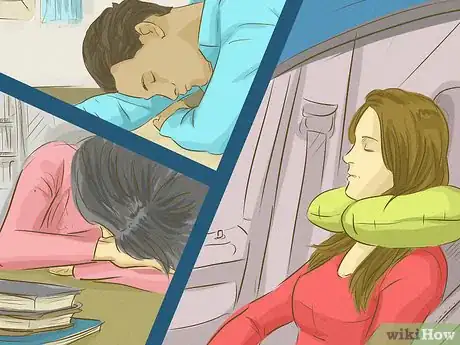
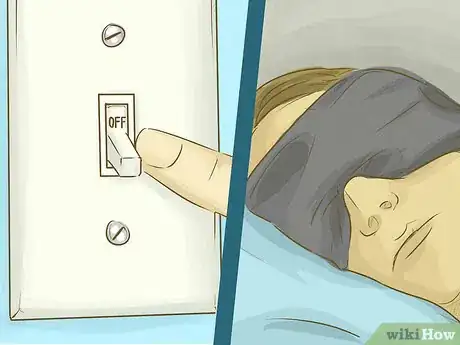
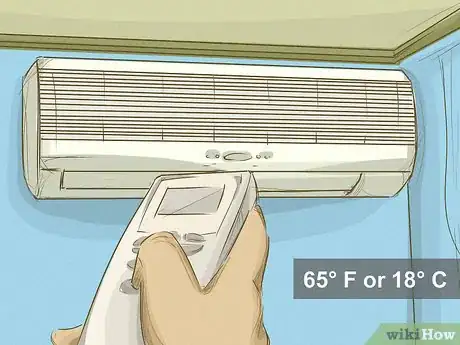
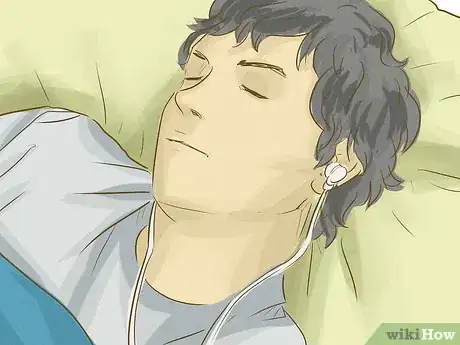

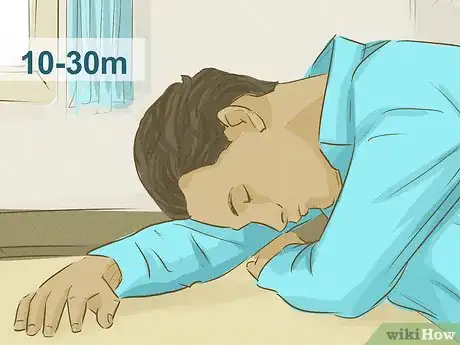
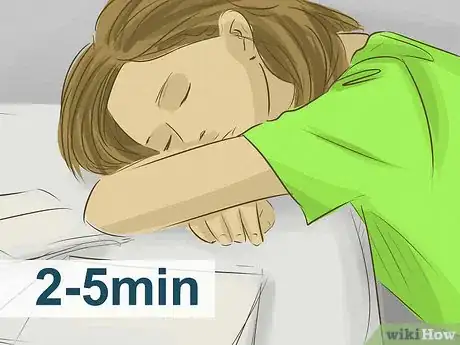
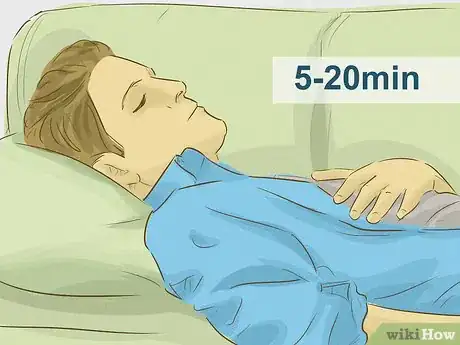

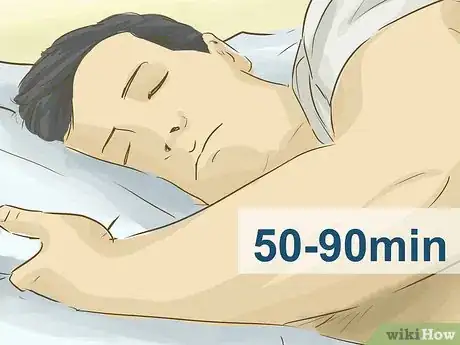
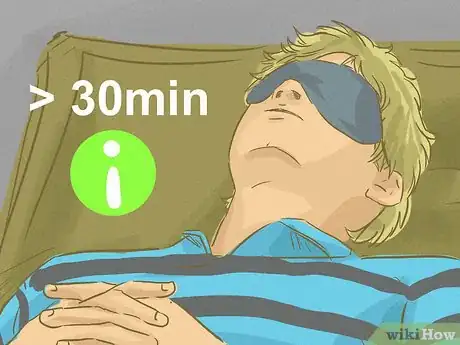
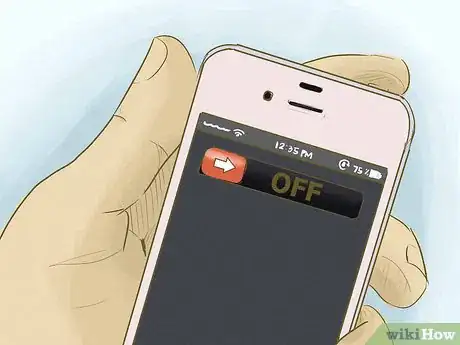
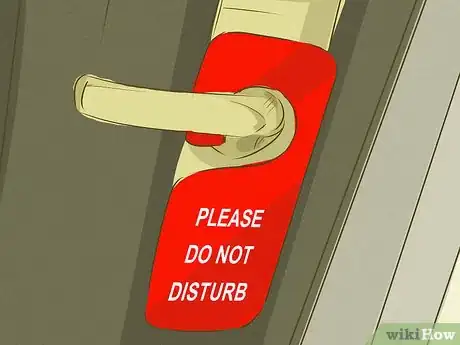

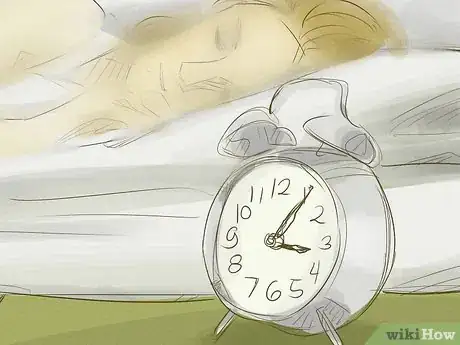
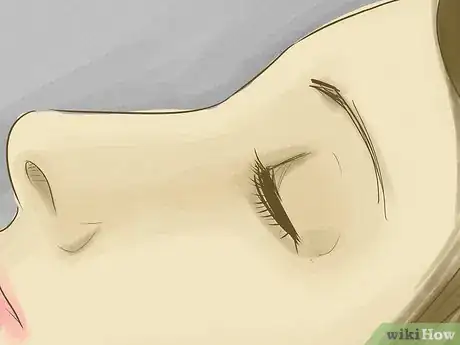
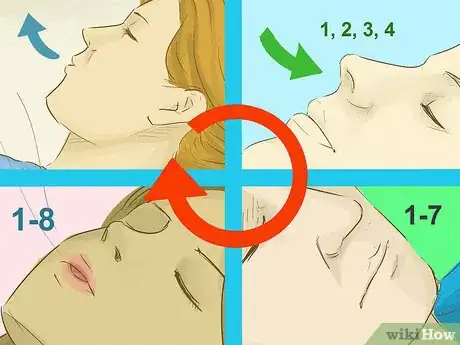
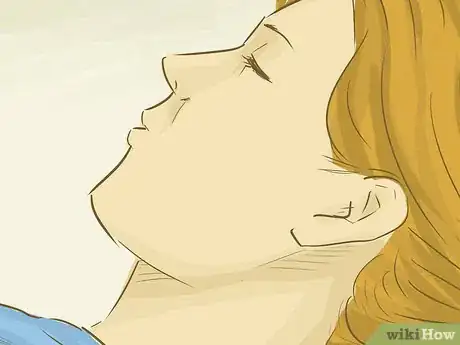
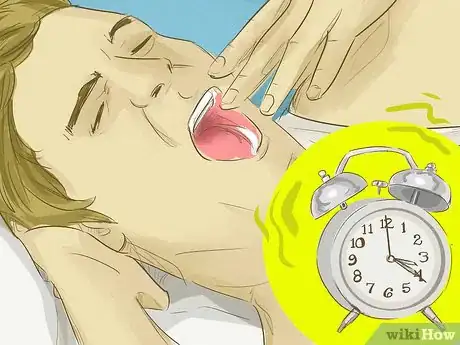

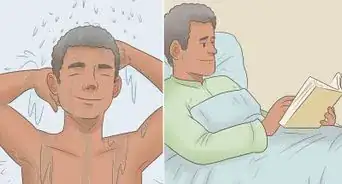
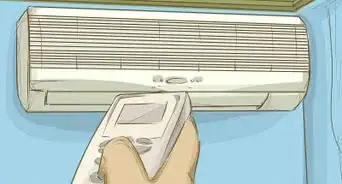
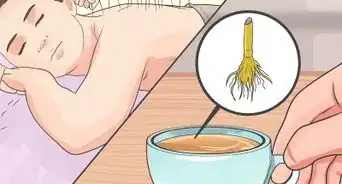
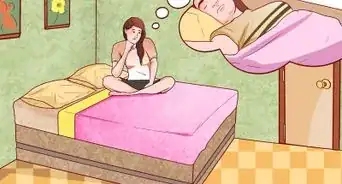



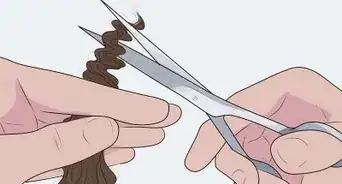


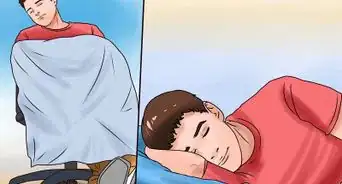
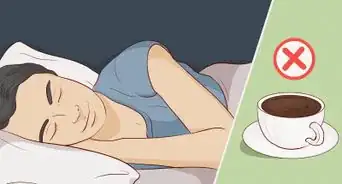












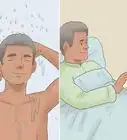
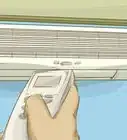
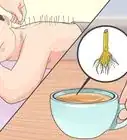



































Medical Disclaimer
The content of this article is not intended to be a substitute for professional medical advice, examination, diagnosis, or treatment. You should always contact your doctor or other qualified healthcare professional before starting, changing, or stopping any kind of health treatment.
Read More...